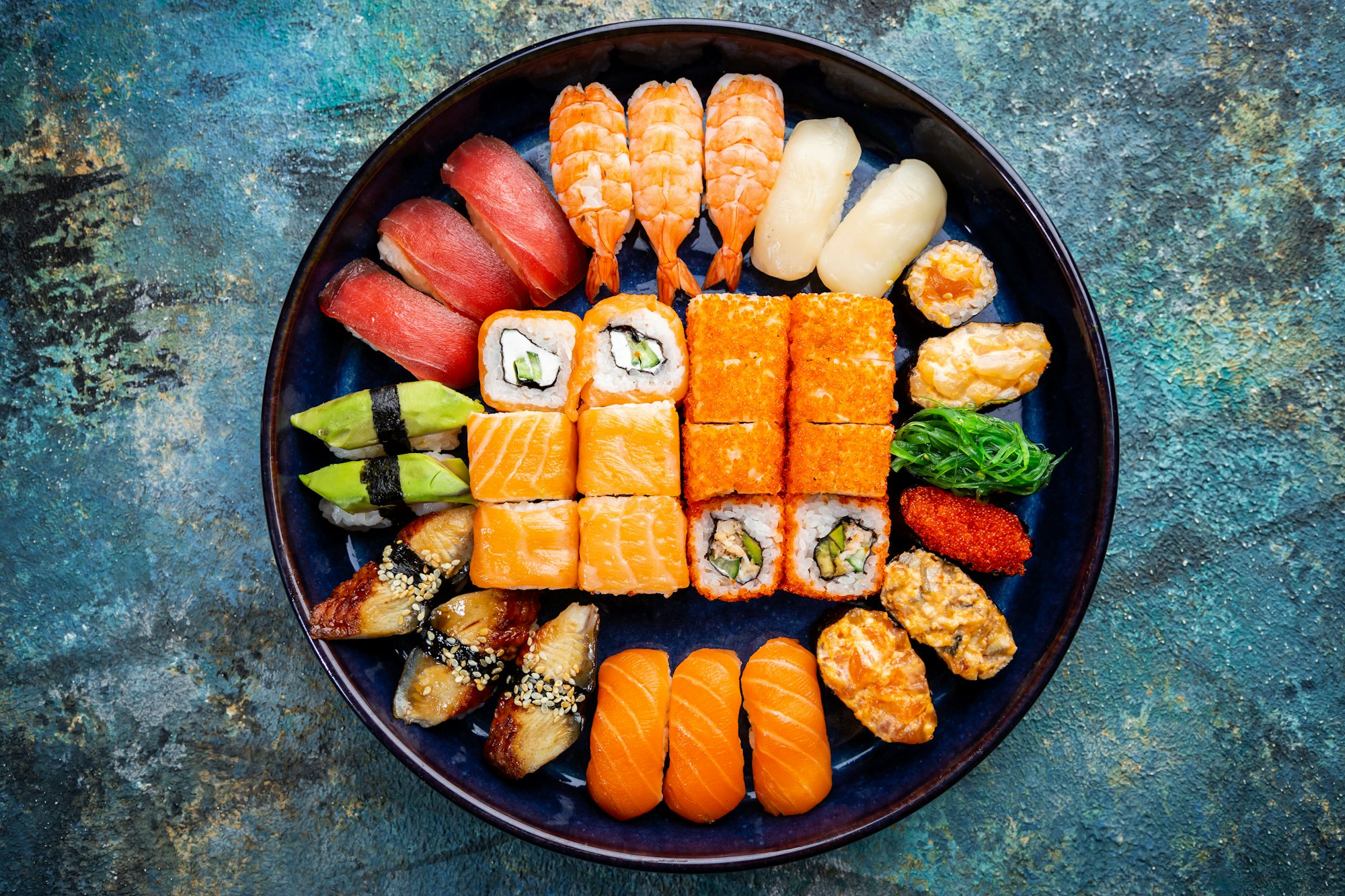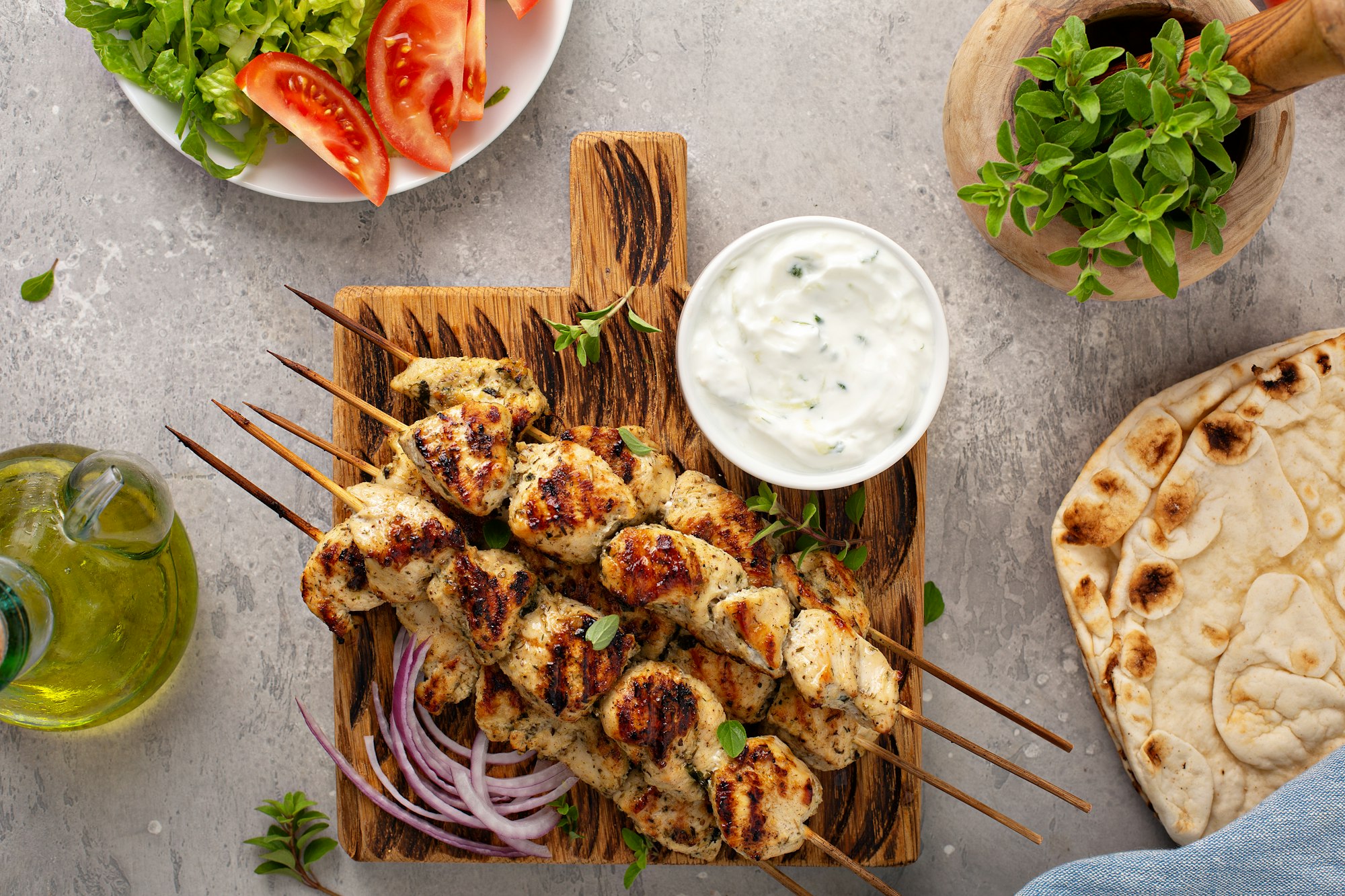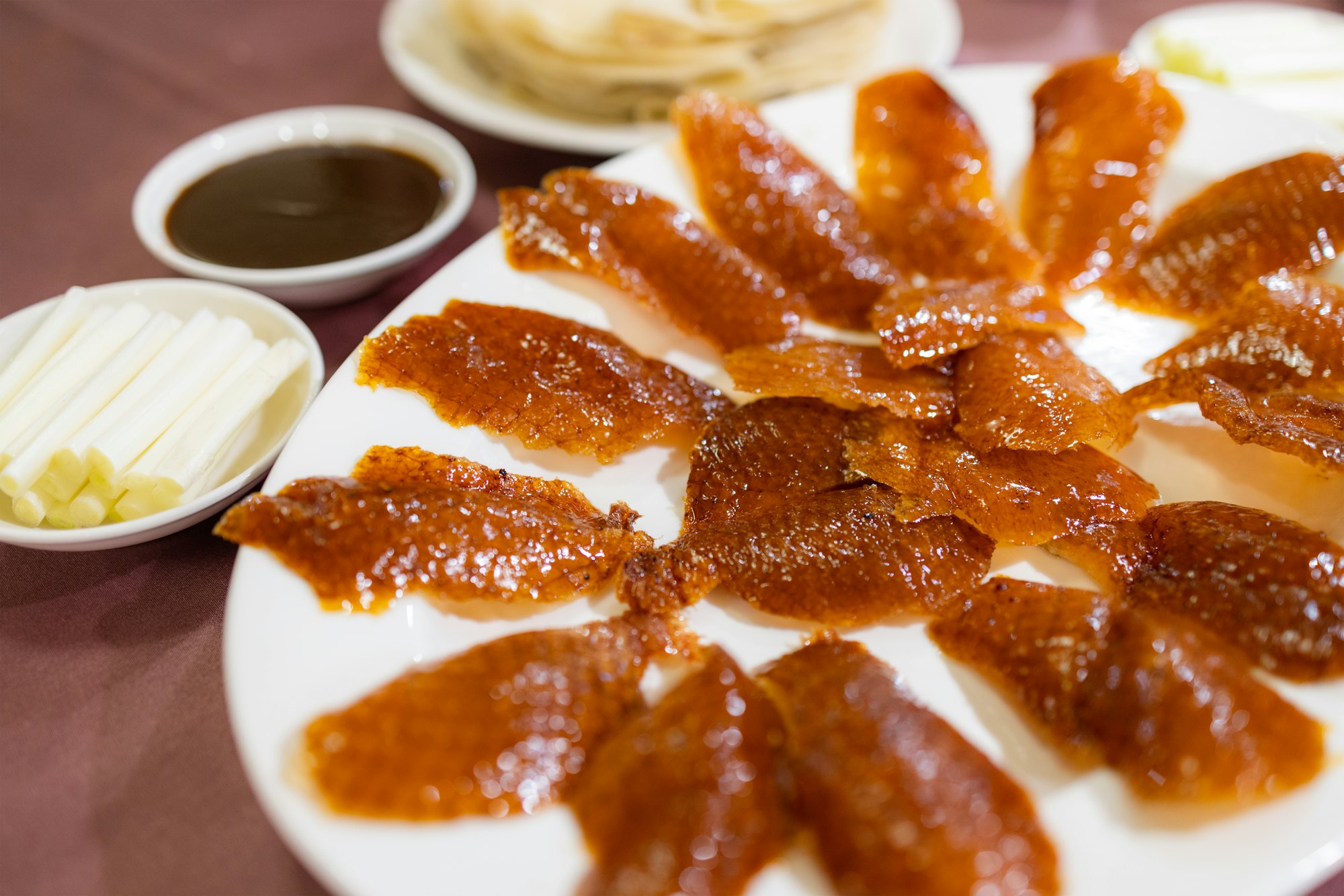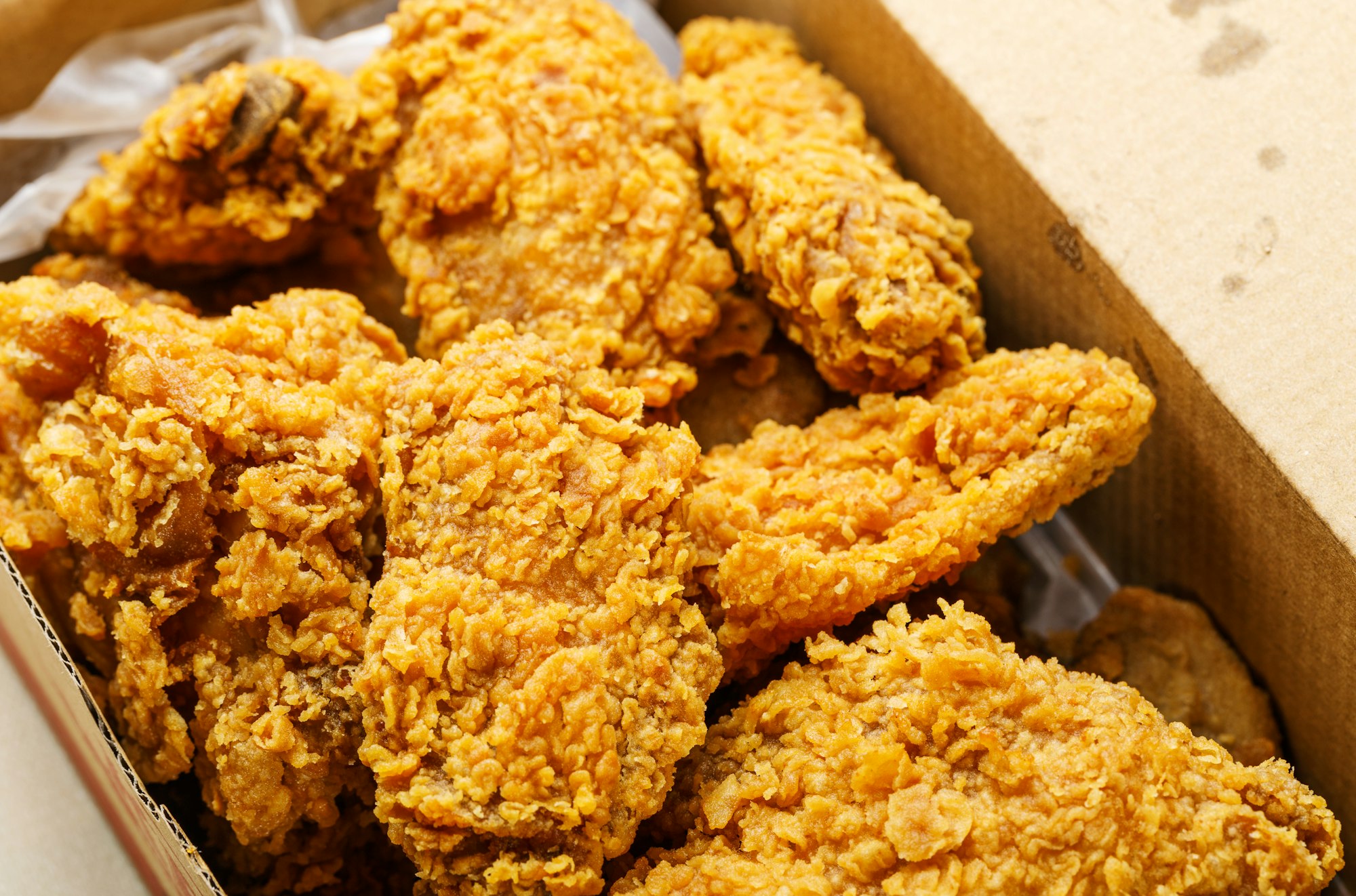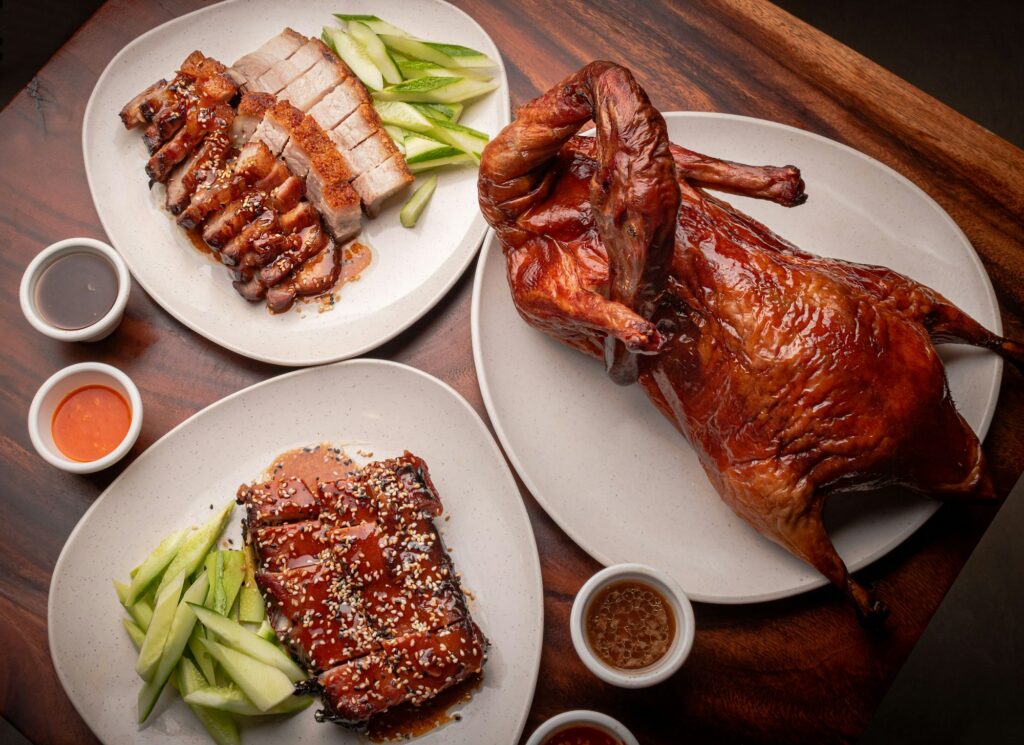
Peking Duck: A Culinary Journey into the World of Iconic Chinese Roast Duck
Peking duck, a culinary masterpiece hailing from Beijing, China, has captivated palates worldwide with its irresistible combination of crispy, mahogany-red skin, succulent, tender meat, and delicate pancakes. This iconic dish, often served hot and fresh, has transcended cultural boundaries, becoming a symbol of Chinese cuisine, refinement, and special occasions.
Essential Ingredients: A Culinary Symphony
The essence of Peking duck lies in the harmonious blend of its key ingredients:
- Duck: A high-quality, plump duck, preferably a Pekin duck breed, provides the base for the dish, ensuring a balance of meat and fat for optimal flavor and texture.
- Maltose: Maltose, a type of sugar derived from starch, is used to coat the duck, contributing to the signature crispy skin.
- Air-Drying: Air-drying the duck for several hours or overnight removes moisture from the skin, allowing for even browning and crispiness during roasting.
- Roasting Process: The roasting process, typically using a traditional wood-fired oven, imparts a smoky flavor and cooks the duck to perfection, rendering the meat tender and juicy.
- Thin Pancakes: Thin pancakes, made from wheat flour, provide the base for assembling the dish, encasing the duck meat, scallions, and hoisin sauce.
- Hoisin Sauce: Hoisin sauce, a thick, savory sauce made from fermented soybeans, sugar, and spices, adds a sweet and umami flavor to the dish.
- Scallions: Thinly sliced scallions provide a fresh and aromatic element to the dish, balancing the richness of the duck and hoisin sauce.
Preparation and Cooking: A Culinary Art
Preparing Peking duck involves a meticulous process that takes several hours to achieve the perfect balance of flavors and textures. Here are the basic steps:
- Preparing the Duck: Clean and pat the duck dry, removing any excess feathers or organs.
- Coating with Maltose: Mix maltose with water to create a syrup and brush it generously over the duck’s skin.
- Air-Drying: Hang the duck in a cool, dry place for several hours or overnight to allow the skin to dry out.
- Roasting: Preheat a traditional wood-fired oven or a modern oven to a high temperature. Roast the duck for approximately 1.5-2 hours, turning it occasionally, until the skin is mahogany-red and crispy.
- Slicing the Duck: Once cooked, remove the duck from the oven and let it rest for 15-20 minutes. Then, slice the duck into thin strips, separating the skin from the meat.
- Preparing the Pancakes: Warm the thin pancakes by steaming or gently heating them in a pan.
- Assembling the Dish: Place a few slices of duck skin and meat on a pancake, top with thinly sliced scallions and a drizzle of hoisin sauce.
- Enjoy: Roll up the pancake and savor the combination of crispy skin, tender meat, fresh scallions, and savory hoisin sauce.
Tips for Perfect Peking Duck:
- Choose the Right Duck: Select a high-quality, plump duck with a thick layer of fat under the skin for optimal flavor and crispiness.
- Thorough Air-Drying: Allow the duck to air-dry for sufficient time to remove moisture from the skin, ensuring even browning and crispiness during roasting.
- Precise Roasting Temperature: Maintain a high roasting temperature to achieve the signature mahogany-red skin and cook the duck to perfection.
- Resting the Duck: Let the cooked duck rest before slicing to allow the juices to redistribute, resulting in tender and flavorful meat.
- Thin Slicing: Slice the duck into thin strips to ensure easy consumption and enhance the dining experience.
- Warm Pancakes: Warm the pancakes before assembling the dish to create a soft and pliable base for the duck and toppings.
- Balance of Flavors: Adjust the amount of hoisin sauce to your liking, ensuring a balance of flavors between the savory sauce, crispy skin, and tender meat.


